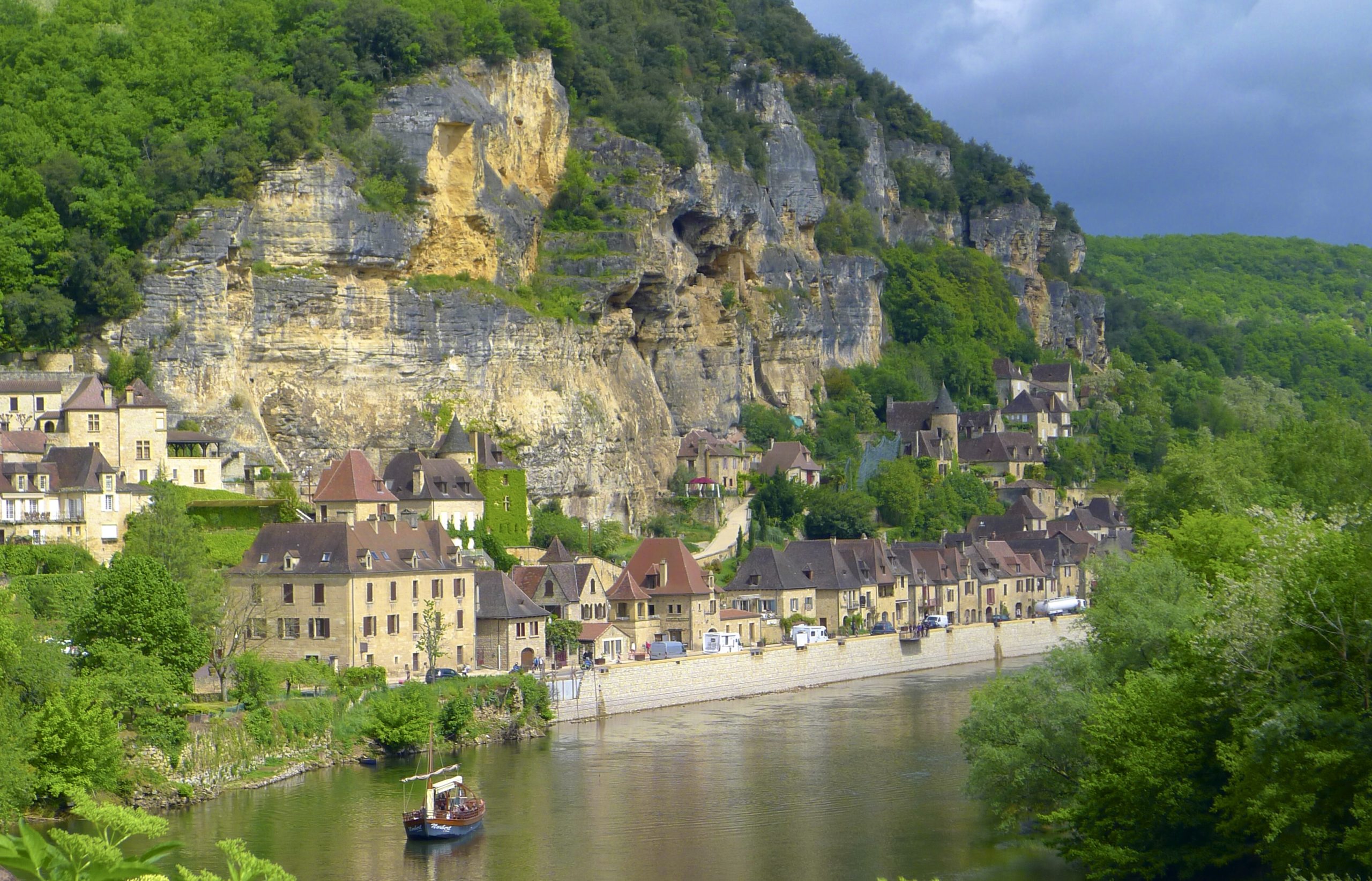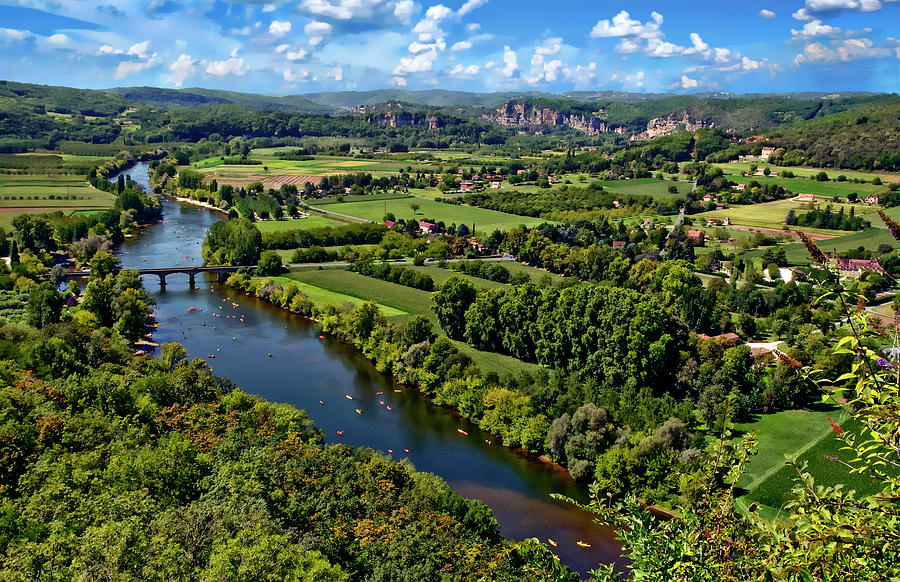
Please help improve this article by adding citations to reliable sources. It is often surrounded by pollarded trees that give the sportsmen welcome shade in the hot summer sun.This section needs additional citations for verification. Many of the villages you drive through will have an area of gravel in the centre where the French village sport of pit-tonk or bowles is played. The prices are not too extortionate at present and bargains can be had. There are still many abandoned buildings waiting for new owners to bring them back to life. They have renovated many of the old dilapidated scruffy cottages and made them look attractive once again. As the owners have to bring them up to a good standard this has benefitted the region.

There are lots of holiday rental houses, villas, cottages and gites available in the Dordogne. It is a good time of the year to visit as all the crowds have gone home. In the Autumn the Dordogne is a riot of orange, brown and red as most of the trees are deciduous. It is also a good idea to keep your headlights on as you keep driving through dark patches of forest. Most are winding poorly maintained narrow lanes with poor visibility because of all the bends. You cannot drive through the Dordogne region in a hurry. It is similar to the Cotswolds in England.

The yellow sandstone and the light grey limestone have been used for hundreds of years to build farm houses, towns and villages. It is the geology of the Dordogne area that makes it outstandingly attractive. Bergerac is the name given to this important French wine region. It is only in the west near the city of Bergerac that wine takes over as a major crop. They stand about 5 feet tall and are over a foot wide. If you are lucky you may see fields of lime green tobacco plants. Traditionally the peeled and cooked fruit is preserved in liquor and sold to tourists. The fruit is distilled and turned into liquors as well as being sent to market. Apples, pears, peaches and figs can be found growing on many farms. Crushed walnuts are fantastic when used to make a walnut and coffee cake.įruit farming is also very popular. A number of the farm out buildings will be used as drying houses. You can eat them in this state but they are normally dried. Inside the nutcase is the soft white fleshy walnut. Then they are ripe the green flesh splits and the nut drops to the floor. Inside the green flesh you will find the hard walnut shell. If you have never seen Walnuts growing in trees before, look for clusters of green balls the size of a small tennis ball. It tastes wonderful on French bread with a glass of red wine.

If you are on a budget try some of the local regular pate. The cheaper tins can be found in the local supermarkets rather than the smaller village shops. These corn feed Geese (pronounced 'WA' in French) are the main ingredient to the regions speciality Fois Gras pate. Some of these orchards are double cropped as farmers keep geese on the same land under the green canopy of the trees. Walnuts are sold as nuts but also crushed to make walnut oil. Walnuts are the most popular but you can also find sweet chestnut orchards. The larger expanses of land may contain orchards of nut trees. It is mainly used for winter animal feed and you will see acres of maize cobs left drying on the storks. Any scrap of land along a valley floor, tucked in between steep hillsides, is planted with maize corn. The Dordogne area in the east is very hilly and the farmer has only a few areas he can grow crops in this undulating landscape.Ī lot of the area is over 1,000 feet so technically these hills are mountains. The Dordogne river area of Southern France for years was a medieval war zone between France and England that has left the craggy hills covered in fairy tale castles. The Dordogne River Valley France - Travel Guide The Dordogne River Valley Travel Guide


 0 kommentar(er)
0 kommentar(er)
